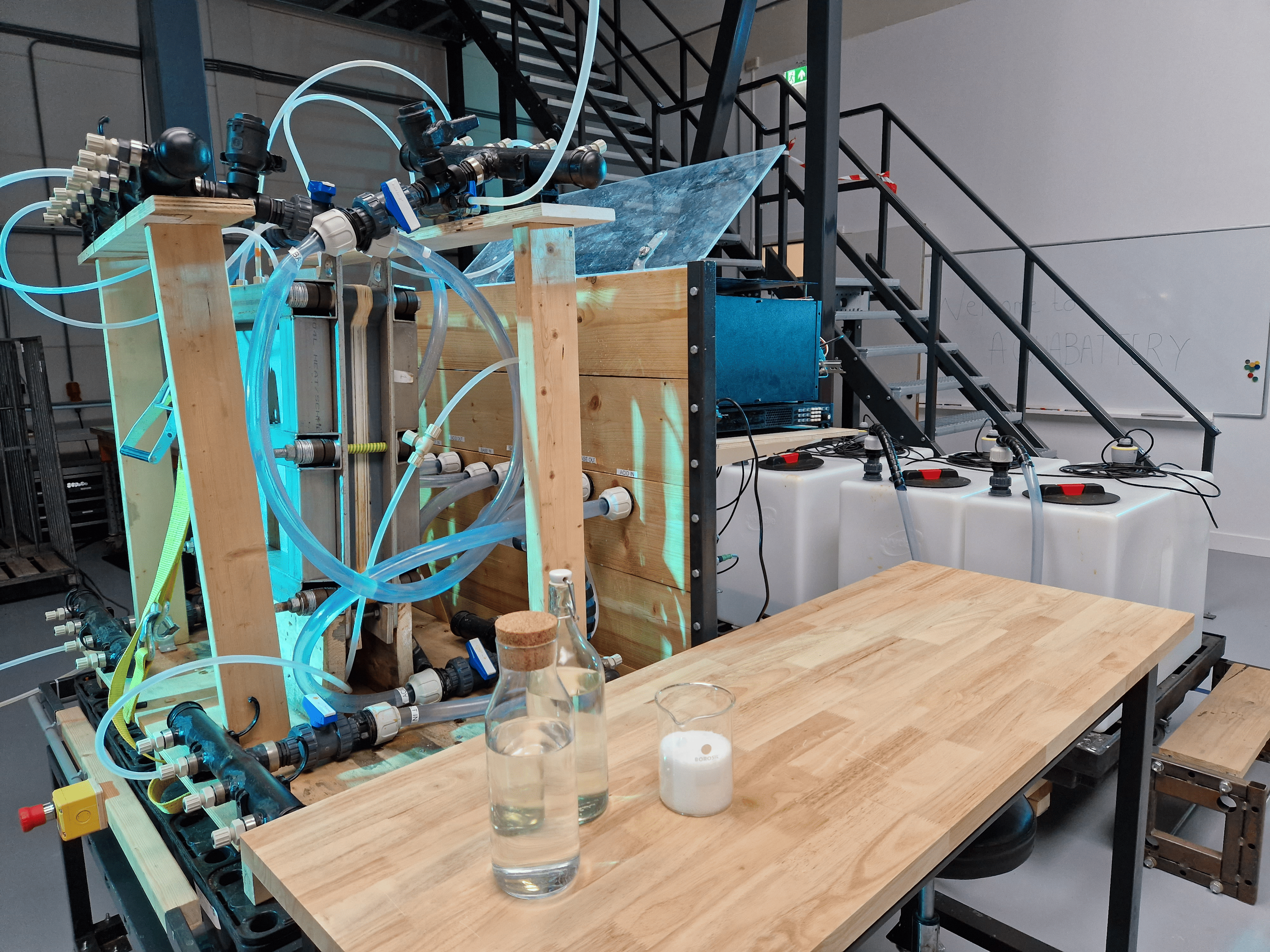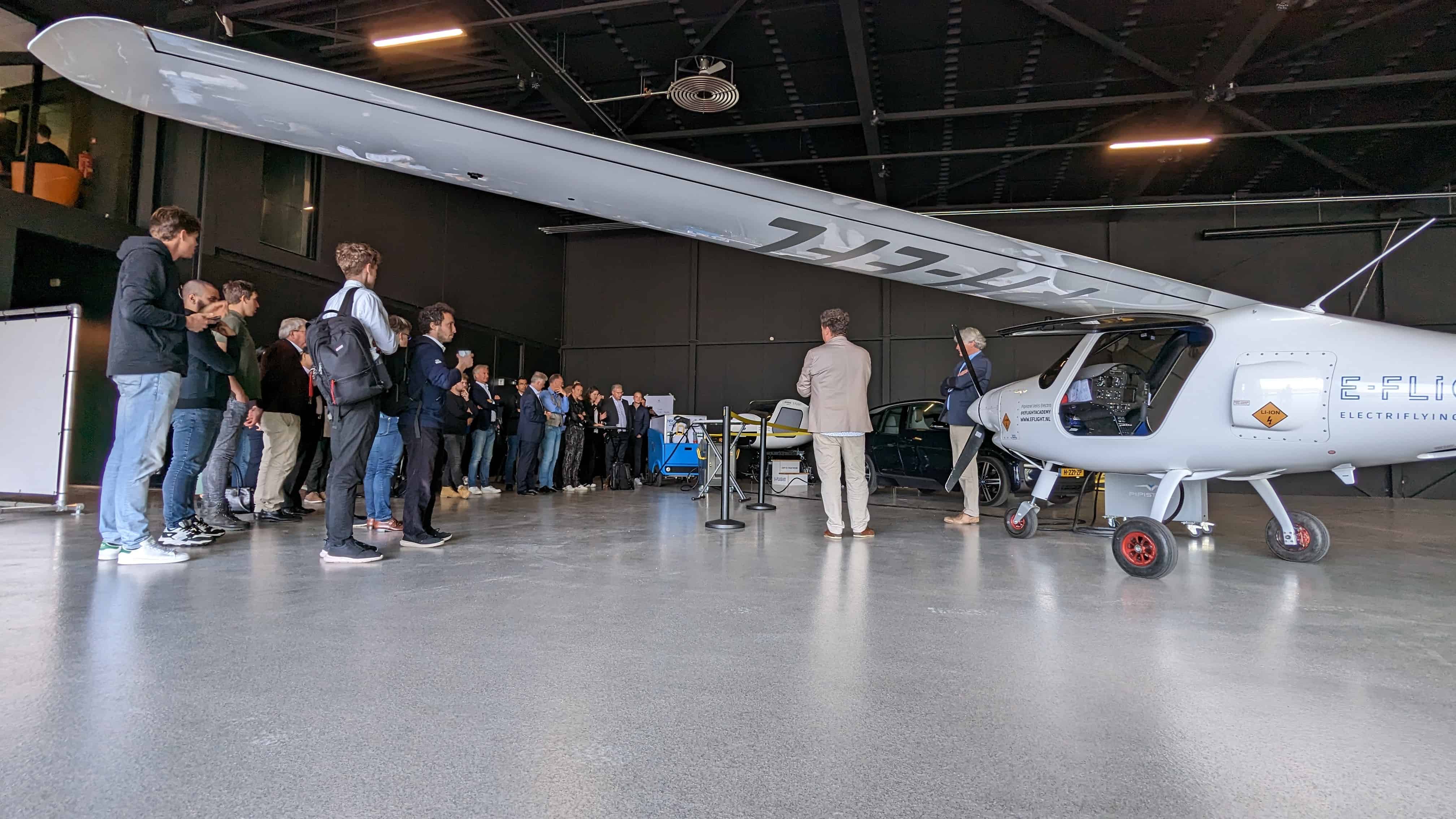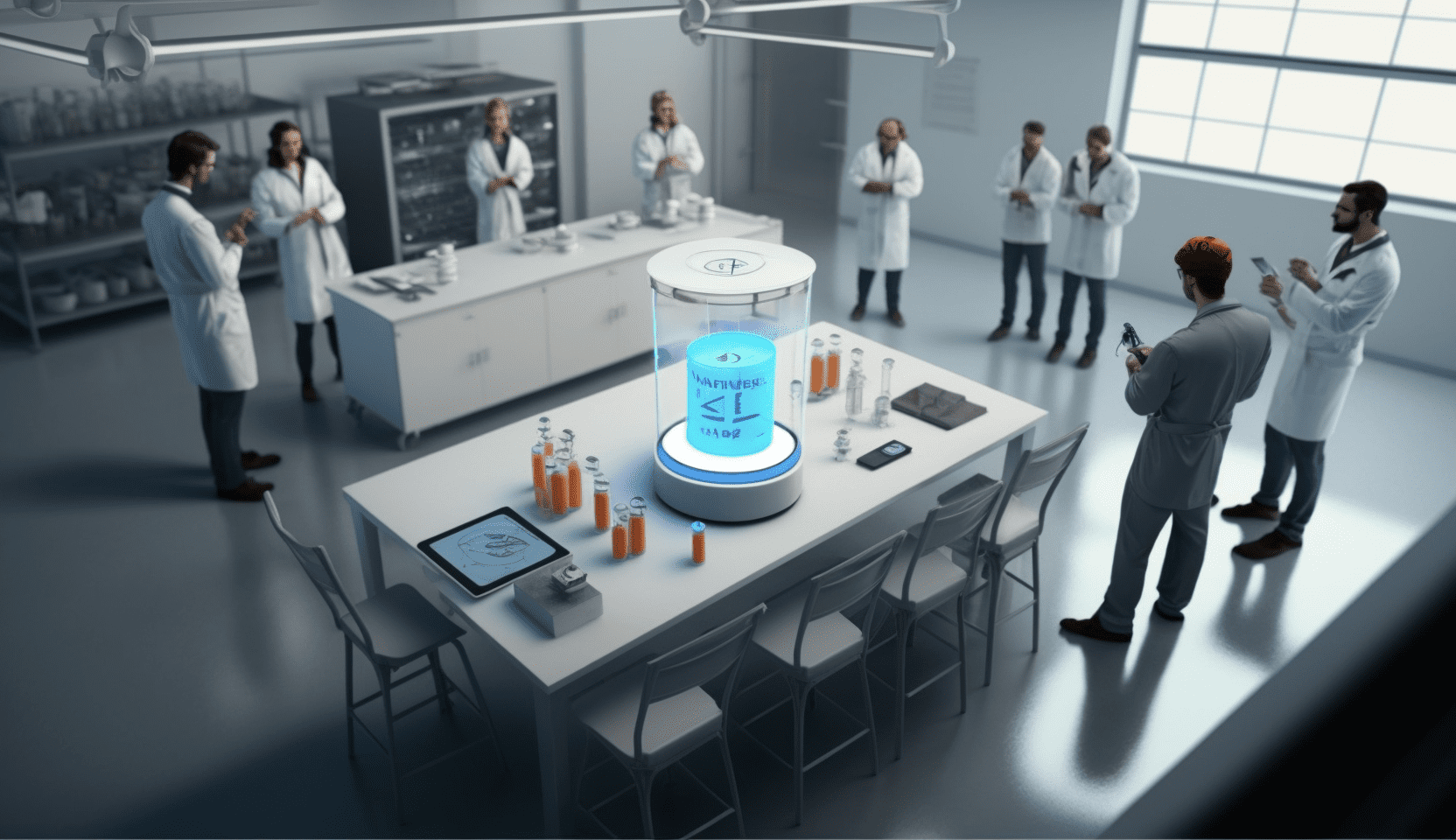
The strong developments in battery technology adoption cannot be seen apart from developments in the automotive industry. “The automotive market is the kingmaker. Ninety percent of the battery cells go to cars”, says Dr. Philipp Wunderlich, Director & Head of Battery Consulting at Accenture. In recent years, Wunderlich observed the market from the early days of consumer electronics to electric mobility and the first steps in stationary energy storage systems.
“We’re not there yet, but we will be in a few years.” That’s mainly due to a wider variety of larger batteries, he adds. “It’s a global market, with more niche markets as well.” There are pilot projects for heavy machinery, the marine industry (ferries), and drones. Wunderlich sees the next big step in battery production in the bus and truck market. “Automotive is pushing the truck market. All the lessons learned there can be useful for heavy transport.”
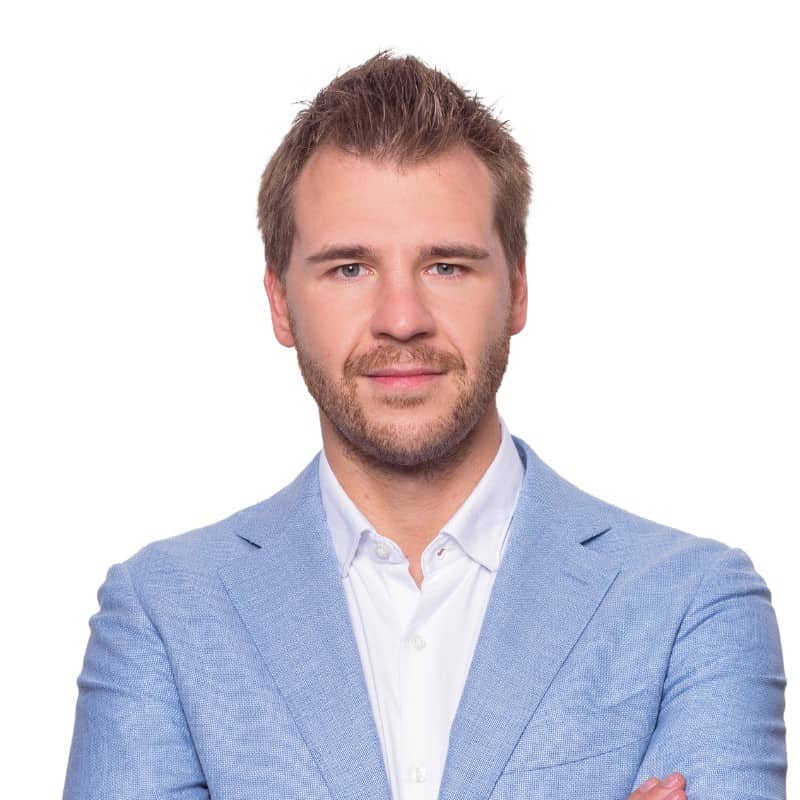
In his presentation during the 2023 Automotive Week in Helmond, Wunderlich showed the main three parts of the battery value chain. Upstream, there are the battery cell manufacturers: the key technology players are the main drivers for innovation and industrialization. The second part is for the battery system integrators: these typically local companies make sure that battery cells or modules are packaged in the most effective way. Finally, the vehicle producers are working on their fleet electrification. “Of course, these three parts are not totally separated. For example, OEMs like Volvo and MAN are developing their own batteries. Not the cells but the integrated systems. This also means that the battery integrators are facing competitive pressure from upstream and downstream: they may end up in an OEM dependency or developing products for a niche market.”
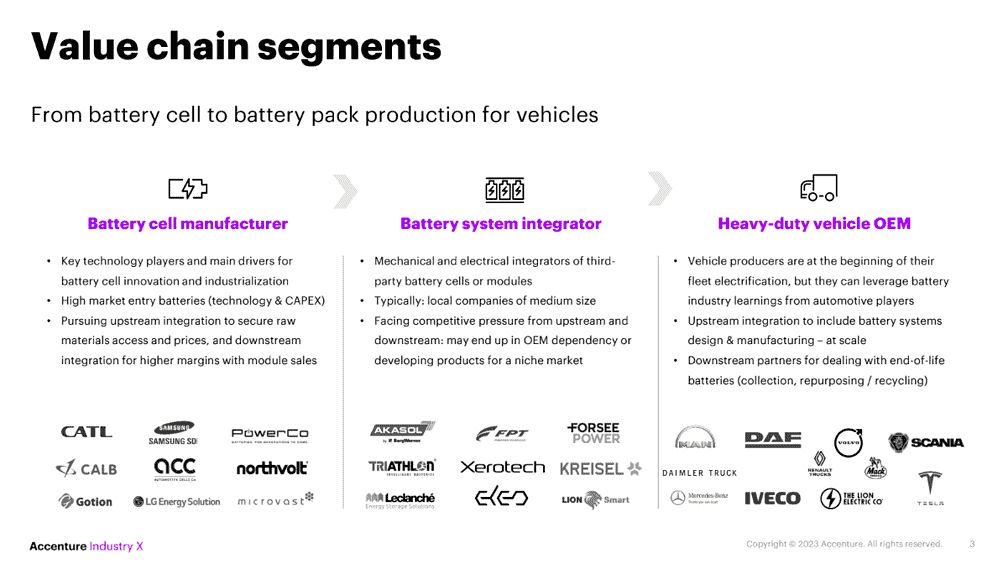
Variety of applications
Wunderlich sees a lot of new developments and innovations for the battery industry in the next few years. But there are technical and chemical limitations, he says. “There is a popular saying among battery experts: ‘You can have all desired properties of a battery, but not at the same time.’ In a growing industry with a wide variety of applications, this reminder of the fundamental limits of electrochemical energy storage is more relevant than ever. There will not be a single battery chemistry on the market to serve all technological purposes. The evolution of batteries will instead produce multiple winning cell chemistries, and the next battery generations will be adapted to their respective use cases.”

Lithium-ion technology has reached maturity and scale through extensive research and leverage in the automotive industry. “Depending on the target industry, lithium-ion batteries compete with various technologies like the internal combustion engine or lead-acid batteries. So to prevail in a particular market, the properties of the battery are typically adjusted to the existing technology.” Examples are batteries with nickel-rich NMC cathodes for electric vehicles with long-range requirements or durable LFP cathodes for stationary energy storage systems. “Ultimately, the fundamental battery properties are dictated by the materials.”
Large-scale cell production plants in Europe
Wunderlich expects to see further market diversification around 2025, when European players will eventually succeed in setting up large-scale cell production plants. “The manufacturing cost will keep falling through advanced production processes and increased scale, but materials will account for 70% or more of the battery cell price, and the demand for critical resources will grow to levels of geostrategic relevance. Material cost and criticality will be the big technology filters for the next generations of batteries, which may accelerate the development of battery technologies based on sodium, silicon, or sulfur. Novel materials will be used as product differentiators and stimulate further growth of the battery industry.”
Dr. Wunderlich expects innovations in cell chemistry, cell format and design, and in battery integration. Still, there will be a market for all three main formats – Pouch, Cylindrical, and Prismatic. “More attention will go to design for disassembly, recycling and replaceability. Also, we will need to find a solution to the high scrap percentage in the production process. Sometimes up to 30% of the products need to be scrapped. This is the recyclers’ cash cow.”





